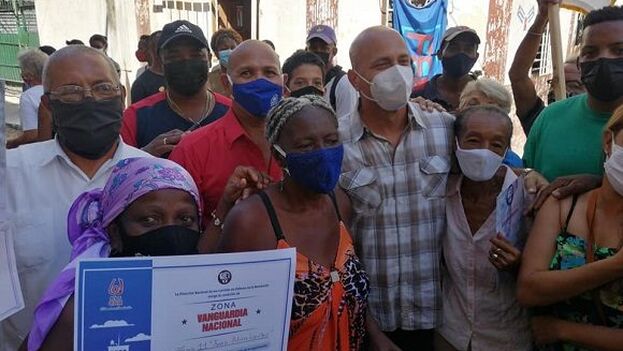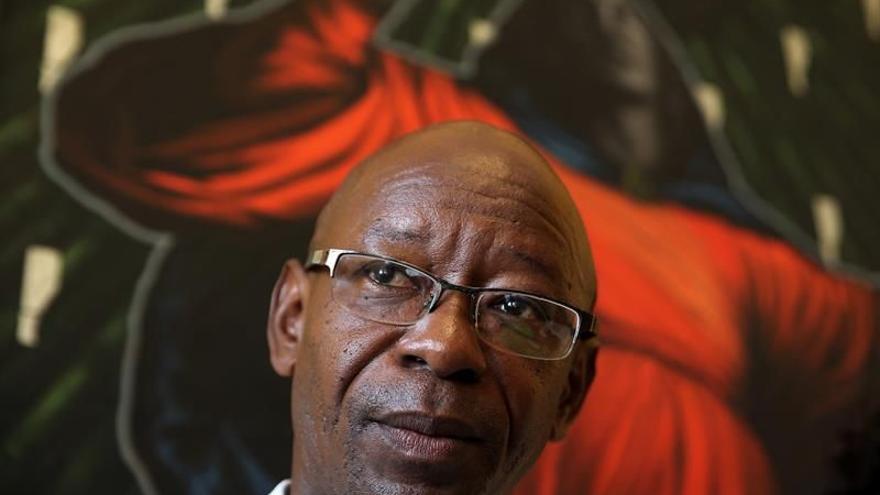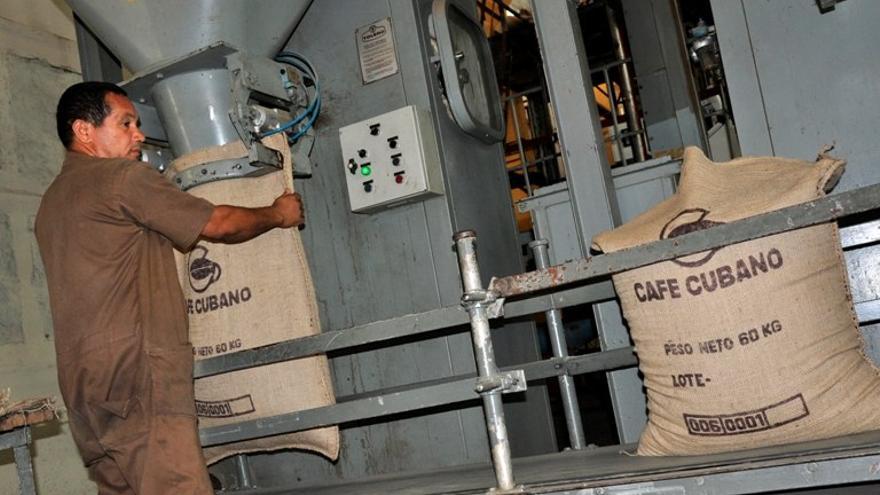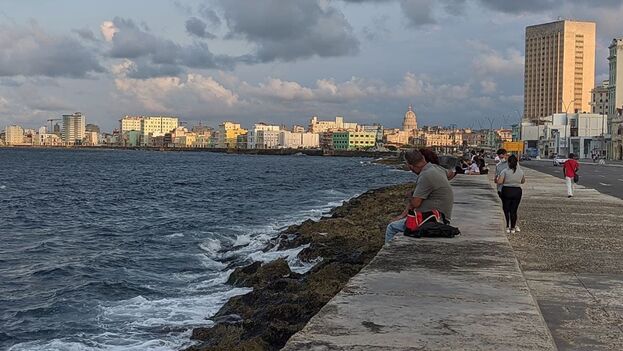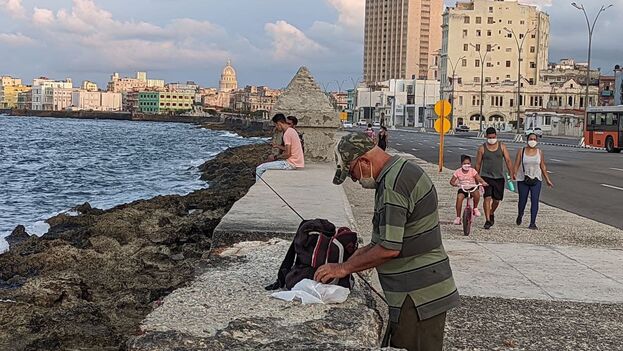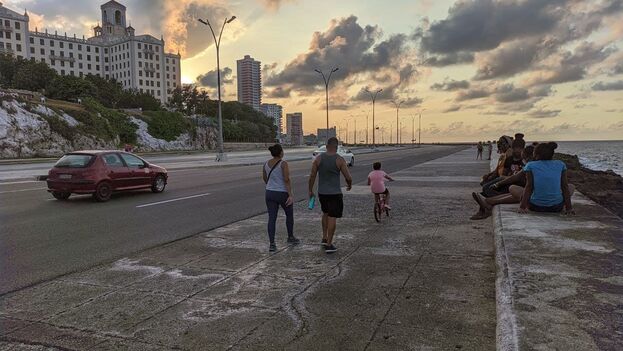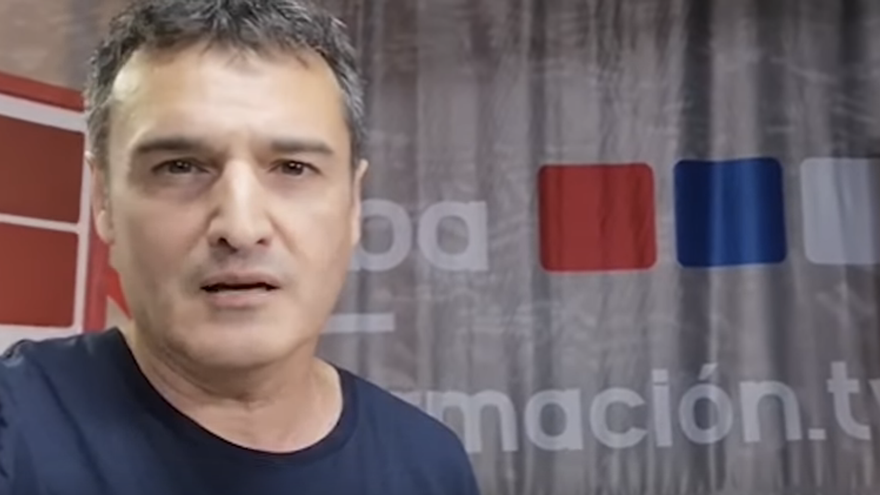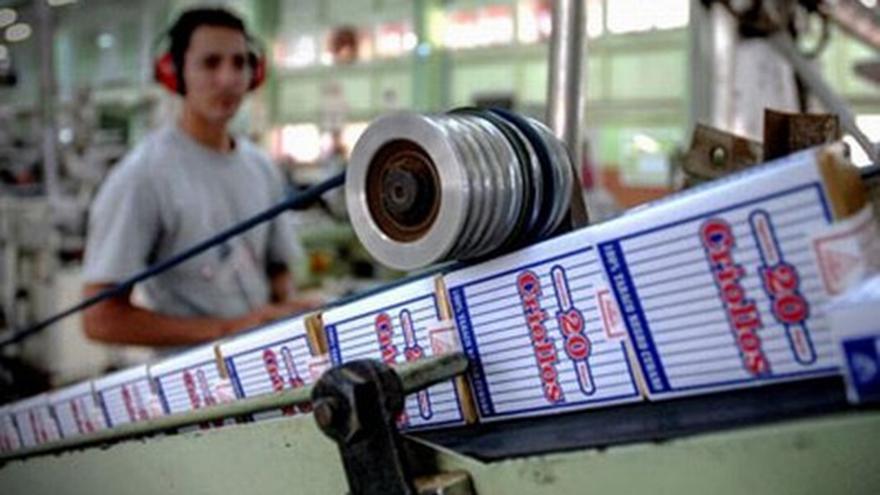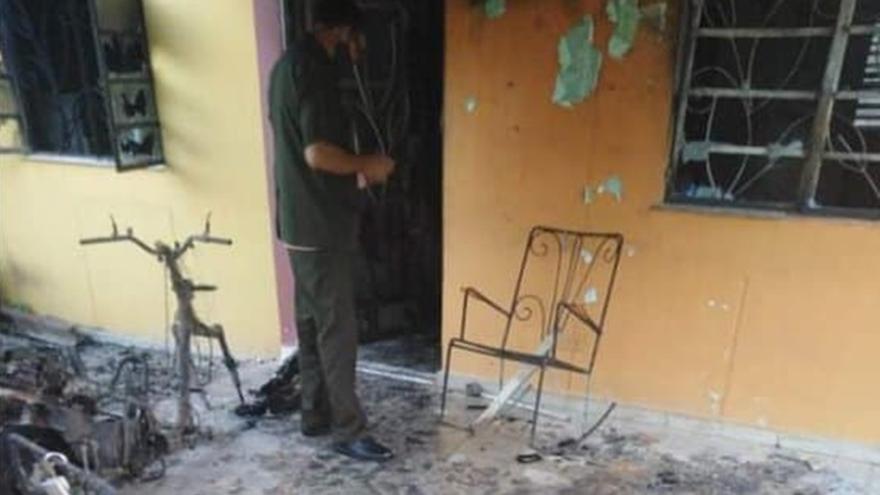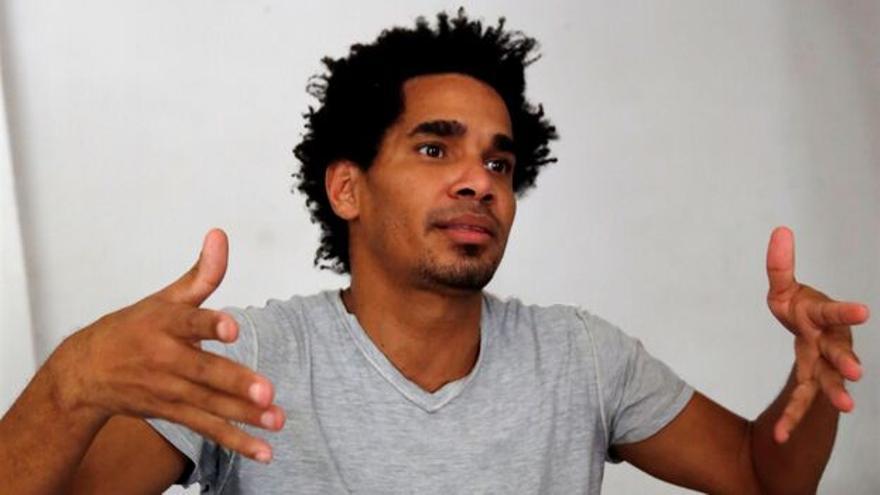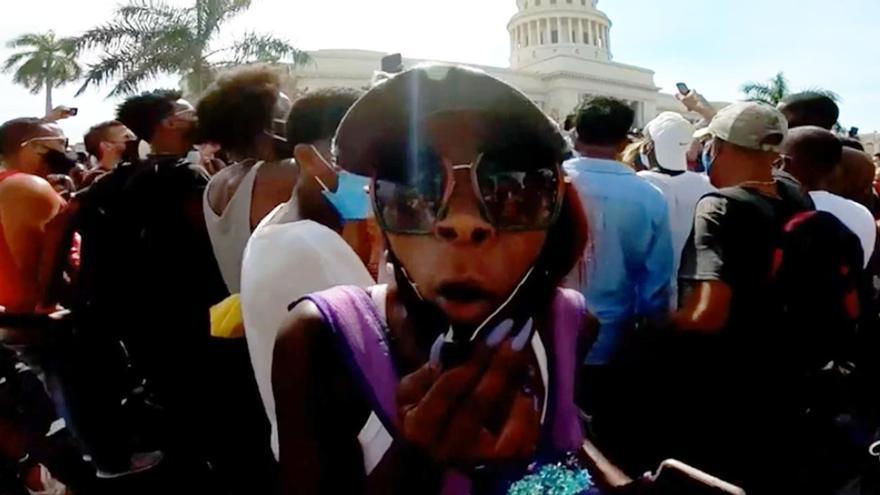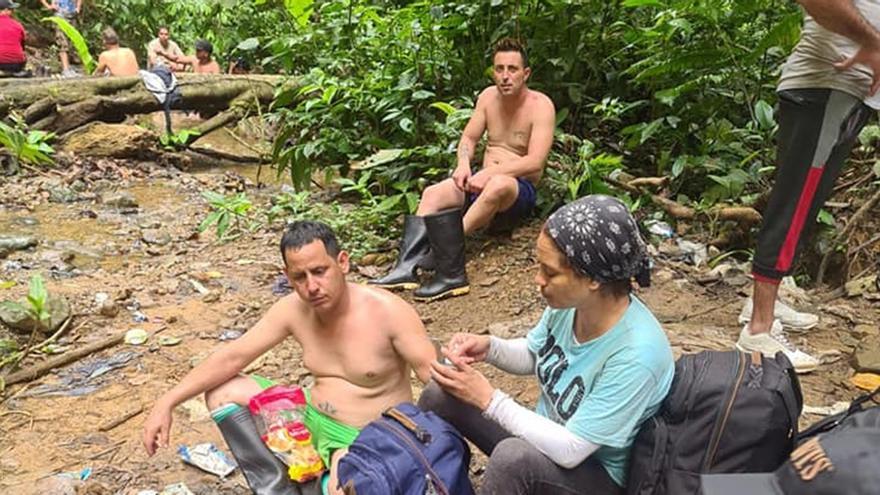
![]() 14ymedio, Havana, 1 October 2021 — Cigarettes have become one of the first things whose scarcity is not officially attributed to the ‘lockdown’. In statements to Radio Rebelde, the directors of Tabacuba explained that the delays in the arrival of supplies to Cuba “were not all due to the restrictive measures imposed by the US blockade.”
14ymedio, Havana, 1 October 2021 — Cigarettes have become one of the first things whose scarcity is not officially attributed to the ‘lockdown’. In statements to Radio Rebelde, the directors of Tabacuba explained that the delays in the arrival of supplies to Cuba “were not all due to the restrictive measures imposed by the US blockade.”
José Liván Font Bravo and Raúl Hernández Ferrer, First Vice President and Director of Industry of the State company respectively, told the official press that the pandemic and “unforeseen breakdowns” in factories such as Lázaro Peña in Holguín, which accounts for 60% of production, have caused product shortages.
The explanation comes after it became known this Tuesday that the factory, which markets Criollos cigarettes in Holguín, had barely delivered 33% of what was expected for the month of September.
The cigarette shortage already goes back several months and forced the rationing of the product in Havana last June, something that is explained now, with the officials’ statements, which reveal that “a large part of its staff fell ill with COVID,” which has kept the factory at half production levels from July to September, with deliveries less than 50% of the plan. continue reading
Tabacuba leaders maintain that production at the end of September was at 81% and added that throughout the year there have been other problems, such as the lack of wrapping paper, labels, and parts for the factories, the result of the lack of liquidity.
In addition, the Ranchuelo factory, in Villa Clara, was stopped twice this year, a total of 24 days, due to equipment breakdowns. Juan D. Matas Reyes, in Trinidad, has also been in this situation. Both, along with Segundo Quincosa, in Havana, are recovering their old levels of production, so the managers affirm that little by little they will return to normal production.
In any case, tobacco will not be available normally until the first quarter of next year, provided that the forecasts are met, since to date it has not begun to have “a certain level of financing.”
This money is destined to pay for the resources to guarantee the production of cigarettes and, in addition, according to Tabacuba, the raw material is assured, since there is enough unmanufactured tobacco available.
“If from now on the daily production stabilizes in the country’s four factories above the 1,400,000 packs of cigarettes, in the retail trade network a better presence of this line will begin to be seen gradually, but not enough yet,” they said.

Cuban smokers will have to continue standing in line and paying the high prices in the black market where, in recent days, packs are already above 120 pesos.
Hernández Ferrer stated during the interview that more than 40 million packs are consumed per month in Cuba, and in the capital city alone the figure is about 400,000 Criollos which, he alleges, are preferred by many consumers.
On the street, however, these cigarettes are known as chest-breakers and smokers remember that they have always been of poor quality. “They were badly glued, stained, but they were a solution for those of us who worked in the State sector and earned just over 310 pesos,” an Habanero told this newspaper this week.
However, the shortage is overwhelming and these maligned cigarettes have now become an object of desire for many Cubans, due to the unattainable price of other higher quality brands.
Translated by Norma Whiting
____________
COLLABORATE WITH OUR WORK: The 14ymedio team is committed to practicing serious journalism that reflects Cuba’s reality in all its depth. Thank you for joining us on this long journey. We invite you to continue supporting us by becoming a member of 14ymedio now. Together we can continue transforming journalism in Cuba.





